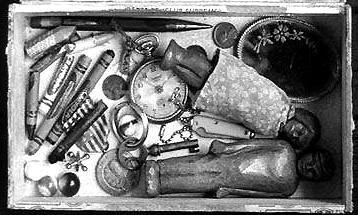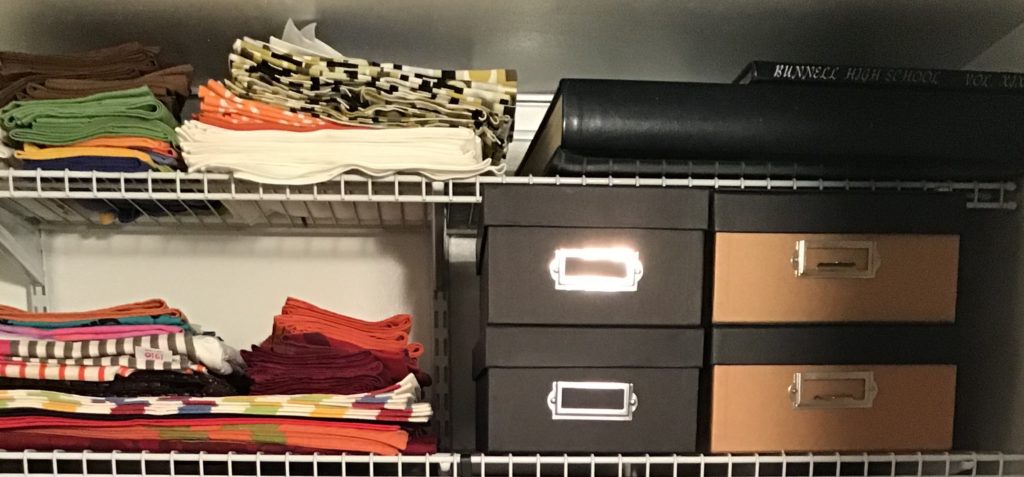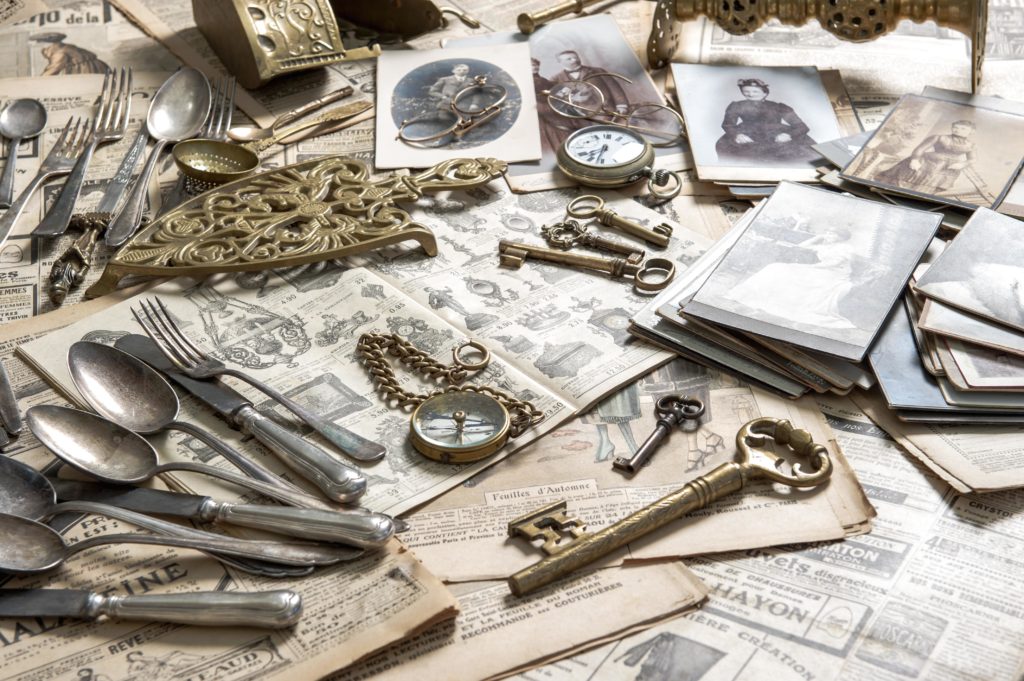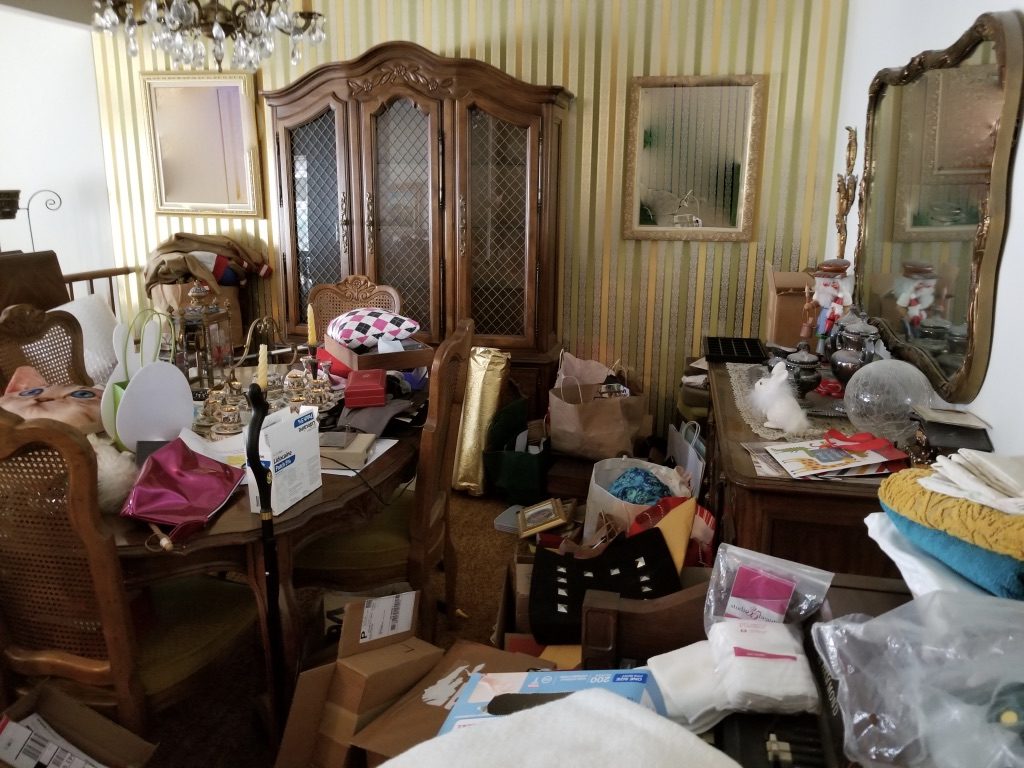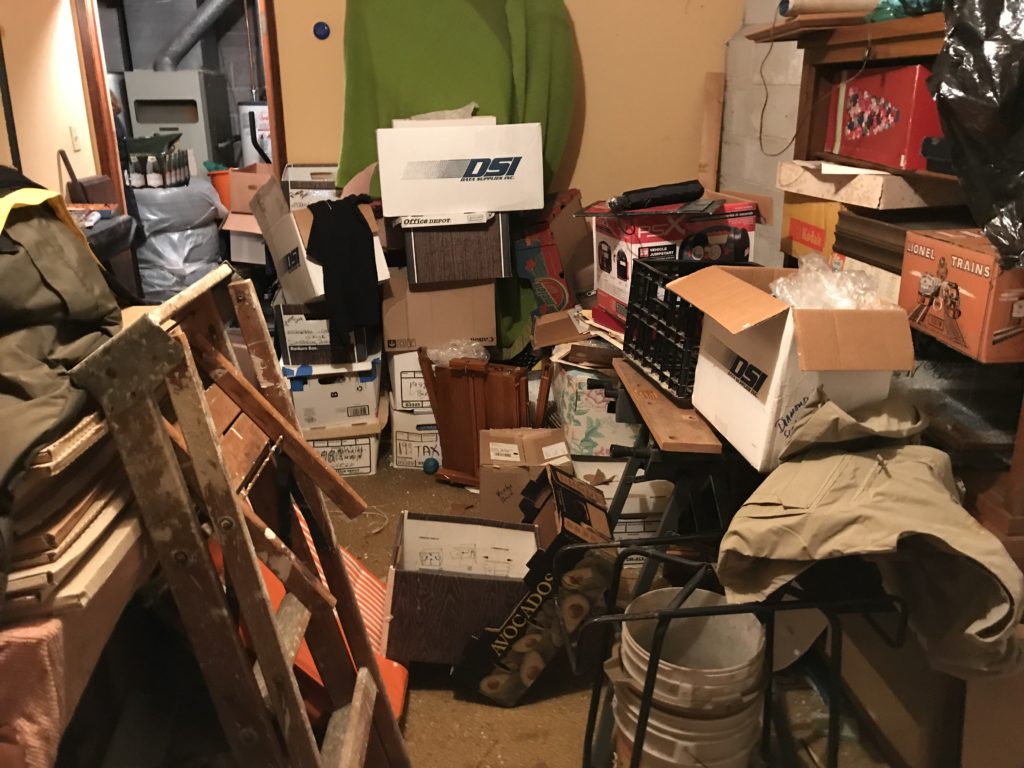If pantries were so easy to keep organized, groceries and supermarkets wouldn’t have to tidy and restock their shelves every day!
When it comes to organizing your pantry, if you don’t have time to empty boxes of cereal, rice, or mixed nuts into their own individual glass jars and put a pretty label on it–and who does?–then this is the perfect pantry organizing solution for you. Here’s how it works:
- Start by emptying your pantry and group all like-items together such as:
candy, chips, snacks, crackers, cereal, dried fruit, nuts, rice, grains, pasta, lentils, canned items, dried spices, baking supplies, bread crumbs, broths, stocks, non-refrigerated milks (almond, coconut, soy), oils, vinegars, cooking sauces, nut butters, jams, jarred items, etc.
- Use larger containers, like hard plastic food storage bins designed for cabinets, to segregate different categories of items in their original packages. This keeps them from migrating to other areas. Hard plastic bins can easily be washed and, best of all, you can pull them out easily to get what you need without having to go searching for the right item.
- The bins should be deep enough to fit your shelves and wide enough to contain several like-items or several related categories, such as dried fruit and nuts. Check out mDesign bins available from their website, or iDesign bins available from The Container Store.
- You may also have to readjust your shelf heights to accommodate taller items like cereal boxes. Check out this video to see how. https://www.youtube.com/watch?v=mTBSpVWmVl0
- Even if you have smaller quantities of items, like bulk spices, in re-closable bags or bags that don’t sit upright, they can still be contained in one of these bins so that they don’t fall over into another category.
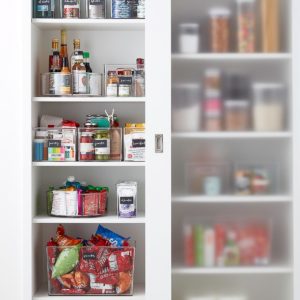



 Toys and Childhood Memorabilia
Toys and Childhood Memorabilia